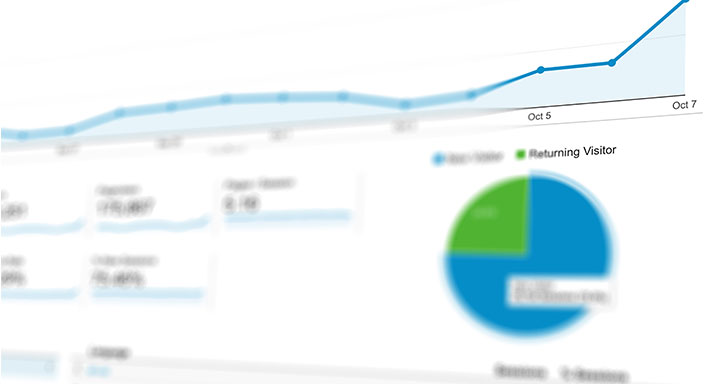“Know thy user, & you are not thy user.” Arnie Lund.
Knowing who your users are on any website is paramount if you wish to succeed, there is no point offering the latest carving knives to customers who are vegetarians. The goal here is to design interfaces, services and products that work for all your users.
You need to know everything, and you can only achieve this goal by continually researching and re-evaluating the data time and time again. Trends come and go and not knowing what each will do to your bottom line revenue figure, is almost suicidal in any e-commercial enterprise.
Research is not just asking your visitors what they like or hate but establishing proper facts about your users. Analytic data is always objective in nature and will provide facts and not opinions. This data is not a replacement for more in-depth user research, but making that first approach with analytics will assist you with providing a solid foundation for your research.

Golden rules for getting to know your users.
Never make assumptions, as doing so will not be considered a sound marketing strategy.
Leverage all forms of social media to encourage better interactions with users.
Ask your users open end questions to gain more valuable insights into what your user needs.
Conduct honest and clear surveys to establish valuable feedback, understanding & thinking about your services and products.
Hold Events especially if you have a physical commercial location in your community, to permit you to interact face to face with your users.
Look past your record of purchases and look for trends to gain repeat business for years to come.
Create user profiles so you can understand the demographics that are working towards you knowing the perfect user.
Conduct Keywords & phrases Research can be found by planning tools created and available from Google.
Obtain user reviews through as many channels as possible such as comment boxes on social media platforms. Gain testimonials on your website to obtain more insight.
Use all the available Data you can muster, and indeed from the landing pages and their analytical information.

Step One. Get to know your users.
Do not make assumptions regarding who they are and continually question any assumptions that present themselves. Always look for the real facts. In whichever analytical test you choose to run with there will be mountains of data at your disposal, this invaluable information will assist you to build-up that all-important font of knowledge of who is actually visiting your website presence.
Remember the more you know, the better prepared you can be when deciding on your designs of both products and the website itself.
By using this useful data you will discover many different types of research, the first one will be recruiting people who match your target audience. The rule of thumb has always been the more your participants are matched to the targeted audience the better the test results will be.
Step Two. Usability Tests displays what “Real users" do on your website.
Knowing how your users interact with your online presence and seeing where they may be experiencing issues, will allow you to amend any obstacles in their way and turn a negative experience into a positive experience instead.
A good usability test would include questions such as:
What ages are they, and what gender are they?
How often do they visit my website and what times do they visit and for how long is each visit?
What barriers that may prevent them from making the intended actions requested?
What content appears to interest them, do they respond to any, if so in what method do they chose to communicate?
Step 3 Personas and Analytics
The term personas are referred to the fictional and yet realistic who assist you with your gathering of knowledge to represent the actual users of your website. They are put together to assist with the future decisions of your site and indeed in the design processes. This method is a powerful vehicle for keeping you focused on your users continually.
Personas are not in themselves real people but more who represent real people, the types of people who most likely will use your website, services and products.
Such information as demographics, aspirations, expectations, experiences, will all aid your understanding of your relationship with your users. Almost certainly it will not be biased and if done correctly will always help and guide you. Never rely on this by itself but use alongside other research methods.

Summary
We know that understanding your users is a definite key to creating a good experience for all your users, by analysing your website’s analytics is a positive way of improving that understanding.
If done with that in mind the research will help you to create services, products and interfaces that are efficient, functional and usable, permitting your users to complete their tasks and achieve their goals.